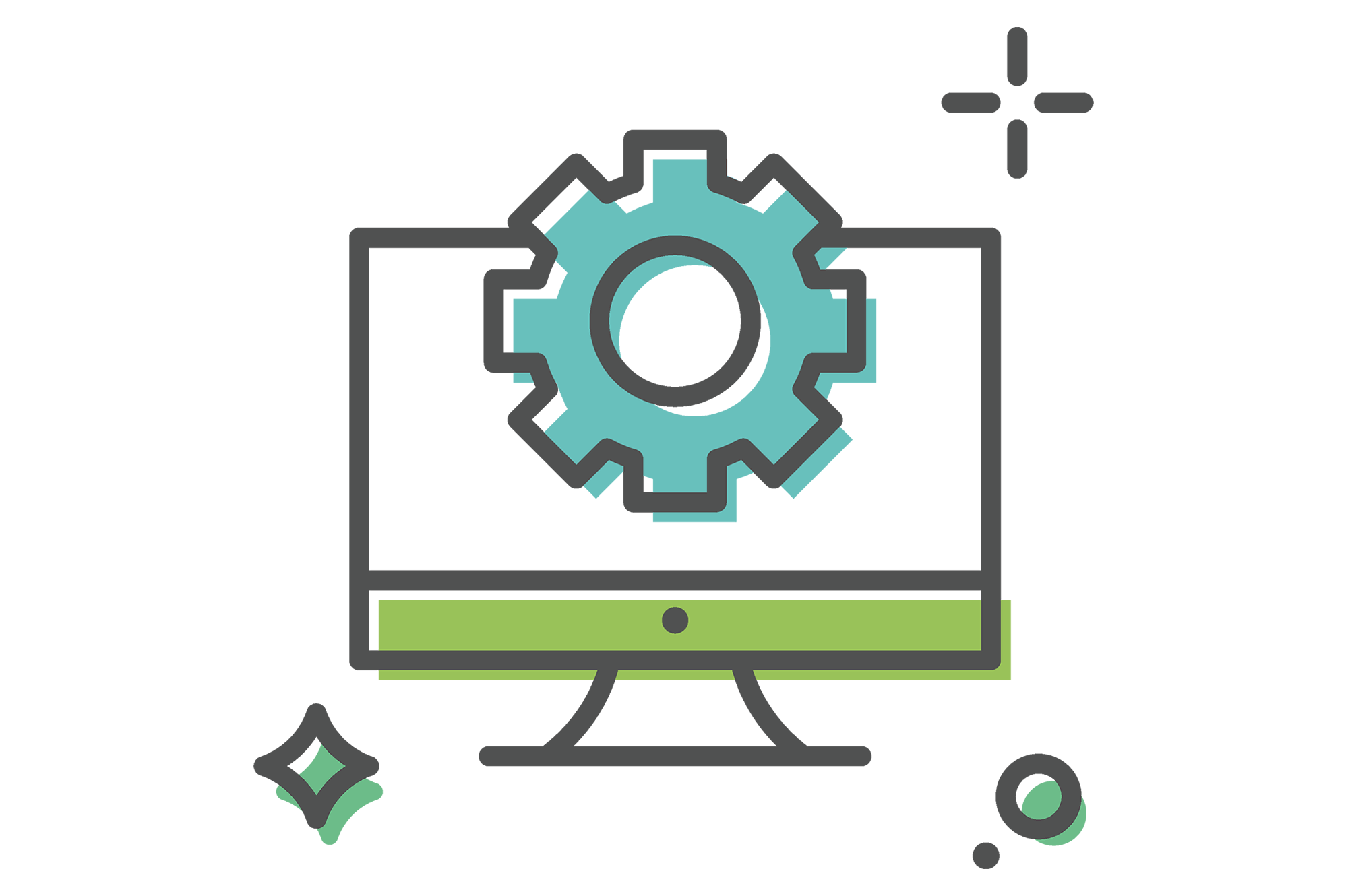When Free is Not So Free
Updated May 2020
As DIY web technology and tools (services like Squarespace, Wix, and GoDaddy’s Website Builder) continue to expand and improve, why would a small business spend thousands of dollars on a website when they could create a mobile-friendly website themselves in little time and for almost no cost?

In part, it comes down to the same reason that I wouldn’t rewire my own house. I could, but it makes more sense for me to spend my time (a very limited resource) doing what I do best (and that isn’t electrical work) and let those that do that thing best, do their thing. The fancy word for that is comparative advantage (check it out, it even has math to back it up). The idea is that our whole economic system works most efficiently if each party does what they do best and outsources the rest.
But, let’s look at it from a less theoretical standpoint and examine the nitty gritty of the possible downsides to a DIY website builder. The lure of free and easy can be strong, but with a complete picture, you may find that the DIY approach isn’t so free, with hidden costs in lost opportunities.
The Hidden Costs of DIY
Here are five hidden costs associated with creating your own website using a website builder. When taking these costs into consideration, there is a point at which the upfront savings start to look like less of a good deal.
1 Flexibility
With today’s DIY tools, you can build a website with no experience using an easy, non-technical interface. However, you will be limited by that same interface, making it difficult to make customizations that you may need to best represent your business and serve your customers. These builder tools have built-in limitations, and so will your site. As your business grows, your website will need to grow and adapt with it. You will find that you have few options for adding functionality down the road.
2 Domain Name + Hosting Issues
Because the DIY website builders are proprietary, stand-alone systems, you do not have a choice about hosting. They must be hosted on those platforms. If you decide a year down the road that you need more flexibility or new features on your website not offered by the limited templates in the builder, you find yourself starting from scratch. Your DIY site is not transferable to outside hosting or platforms. Any investment in time you spent in creating the website is lost. The more prudent and long-term approach is to start in an open-source platform, like WordPress, and build from there as your business grows.
3 Quality
There is a difference between a website built by a professional designer, and one built by someone with no design experience. Even when you start with a basic template, the implementation of your business content within that template can still yield an amateurish result when poorly executed, without an eye towards design and presentation. If your website looks amateurish, your site visitors will make assumptions about your business that you do not want.
4 Service
When you use an online, DIY system, who do you call when something goes wrong, you need additional help, or you need information about best practices? Having a knowledgeable professional on your side, just an email or phone call away is invaluable when you are trying to create a business asset as important as your website. You need someone you can rely on for advice, support, and expertise so that you can focus on growing your business. That person is not available in the online support functions of DIY builders. You are, by definition, on your own.
5 Opportunity Cost
Let’s start with the definition of opportunity cost: the loss of potential gain from other alternatives when one alternative is chosen. In this case, if you choose the DIY alternative where you spend your time choosing a DIY platform, learning how to use the chosen platform, building out your new site yourself, and researching how to then get exposure for your newly built website, you have lost the potential gain of using that time to make contacts, build your business, and perform work for existing clients. What’s more, you will have chosen an alternative that yields a less desirable end product (see the previous four reasons).
The Wrap Up
There are certainly some businesses for which the DIY route might make sense. For example, if you are a new business with limited resources and need something quick and cheap to get the ball rolling, a DIY website can lower your entry costs and allow you to get down to business. Perhaps it is a temporary approach until the business is thriving enough to justify a longer term investment in your web presence.
But, for many small businesses the value of a professionally built website and the return that a good first impression makes on your potential customers far outweighs the relatively small upfront cost of a site built with knowledge and experience.
Think in terms of return on investment. If you spend $3,500 on your website, how many sales does it take to pay for the cost of the website? Keep in mind that the website works 24/7 for years for you, both as a hard-working marketing tool in the search engines and as a first impression-maker. It is your business’s face to world. Is that the right place to save money?

